A fully functional hybrid car training model. The model is based on the Toyota Prius III with an optional internal combustion engine fueled liquefied petroleum gas system (LPG). Training model is mounted on a mobile chassis for more convenient use of the training equipment. All hybrid car systems work. To ensure the safety of the learners, the drive wheel drive is disengaged.
The training model of a hybrid car is an excellent tool for the study, demonstration and presentation of the structure of a hybrid system, LPG supply system, body, chassis structures, passive and active safety systems. The operating model allows students to learn the specifics of the systems work, operation modes, various measurements, monitor real parameters and perform diagnostic procedures.
Technical specifications and functions
The educational functional model with:
- Hybrid petrol / electric system TOYOTA HYBRID CONTROL SYSTEM – III (THS-III) and LPG system
- Hybrid transmission system with a planetary reducer
- Climate control system
- CAN bus network
- Exhaust system
- ABS anti-lock brake system and driving stability system
- SRS AIRBAG airbag system – steering wheel, passenger front panel, front seat airbags deactivated. The side upper airbag is deactivated, exposed to reveal its deactivated pyrotechnic charge for training purposes. The seat belt in the B-pillar is exposed and the mechanism for winding and locking the seat belt is visible. One front seat belt tensioner is also opened for demonstration.
- Integrated emergency stop button to disconnect the high voltage battery.
Sectioned and opened areas for training purposes:
- Sections of the car roof structure at the A, B and C pillars for demonstration
- One side of the front fender of the car has been removed. Exposed parts are clean and covered with anti-corrosion mastic. Front-wheel drive and driven wheel.
- The interior door trim of the car has been removed and convenient access has been made for the strength elements demonstration.
- Car high voltage battery. The tin battery cover is cut and covered with plexiglass for safe access to all essentials.
- High-voltage wires running from the battery to the engine compartment are visible in 2 places in the passenger compartment through plexiglass guards.
- Safe and convenient access to a maintenance high-voltage fuse that disconnects the high-voltage battery. Maintenance connector for disconnecting high voltage batteries.
- Inverter without top cover covered with plexiglass.
- Car fuse box with fuses without top cover, covered with plexiglass.
- LPG gas equipment components and safety elements installed on the petrol engine. The engine is equipped with a liquefied petroleum gas supply system (LPG).
- The gas filling valve with adapter is installed at the petrol filling point.
- The gas cylinder is installed in the place of the car’s spare wheel. Visible components: pressure gauge, gas filling and supply lines, safety valve.
Control unit diagnosis
- Diagnosis through OBD 16 – pin diagnostic connector
- Electronic control unit (ECU) identification
- Reading/erasing fault codes
- Displaying the operating system parameters (live data)
- Actuator test (depends on the control unit)
- Control unit coding/configuration (depends on the control unit)
- Automatic search of ECU’s (depends on scan tools possibility)
Optional accessories
- Built in measuring box with open contacts and wiring diagram for engine control system
- Fault simulation for engine control system
- Built in measuring box with open contacts and wiring diagram for climate control
- Fault simulation for climate control
- Built in measuring box with open contacts and wiring diagram for SRS AIRBAG
- Fault simulation for SRS AIRBAG
Optional tools and equipment for measurement and services
- Oscilloscope
- OBD Diagnostic scan tool
- The gas analyzer
- The exhaust extraction system
- Air Conditioning service station
![[:vi] Mô hình chức năng công nghệ Xăng / Điện / LPG HYBRID 3/4 Toyota Prius III - PMTPK-05 [:en]Toyota Prius III Petrol/Electric/LPG HYBRID 3/4 technology functional model – PMTPK-05[:]](https://amescovn.com/wp-content/uploads/2021/08/AutoEDU-3-4-Prius-1-300x300.jpg)




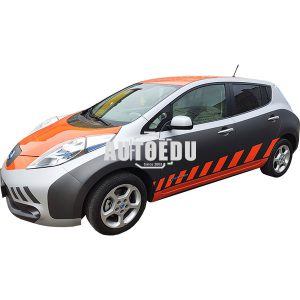
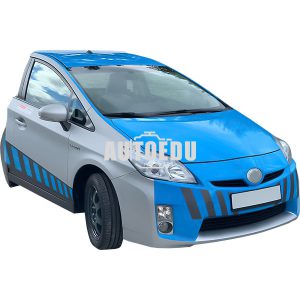

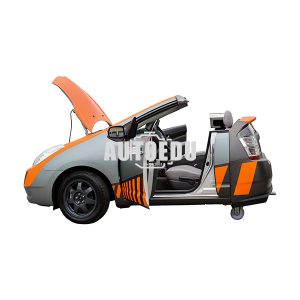
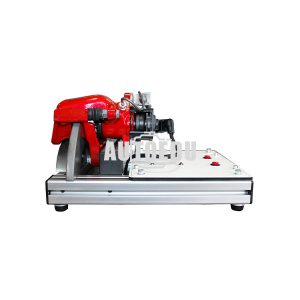
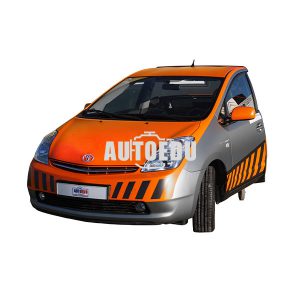
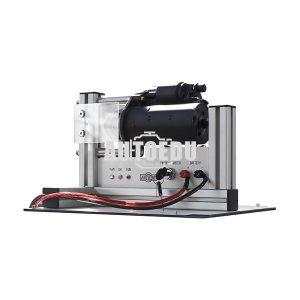
 Gọi điện
Gọi điện SMS
SMS Chỉ Đường
Chỉ Đường